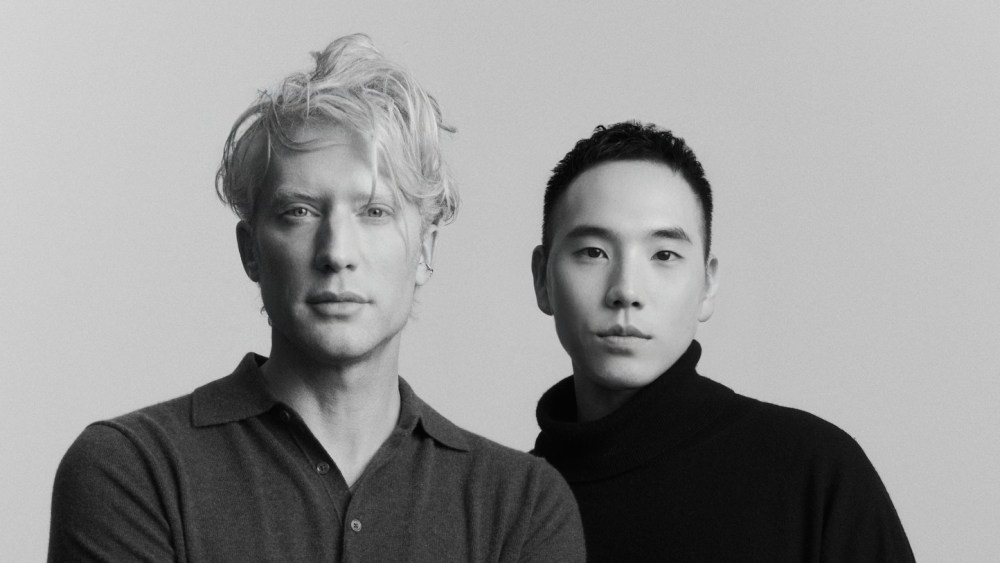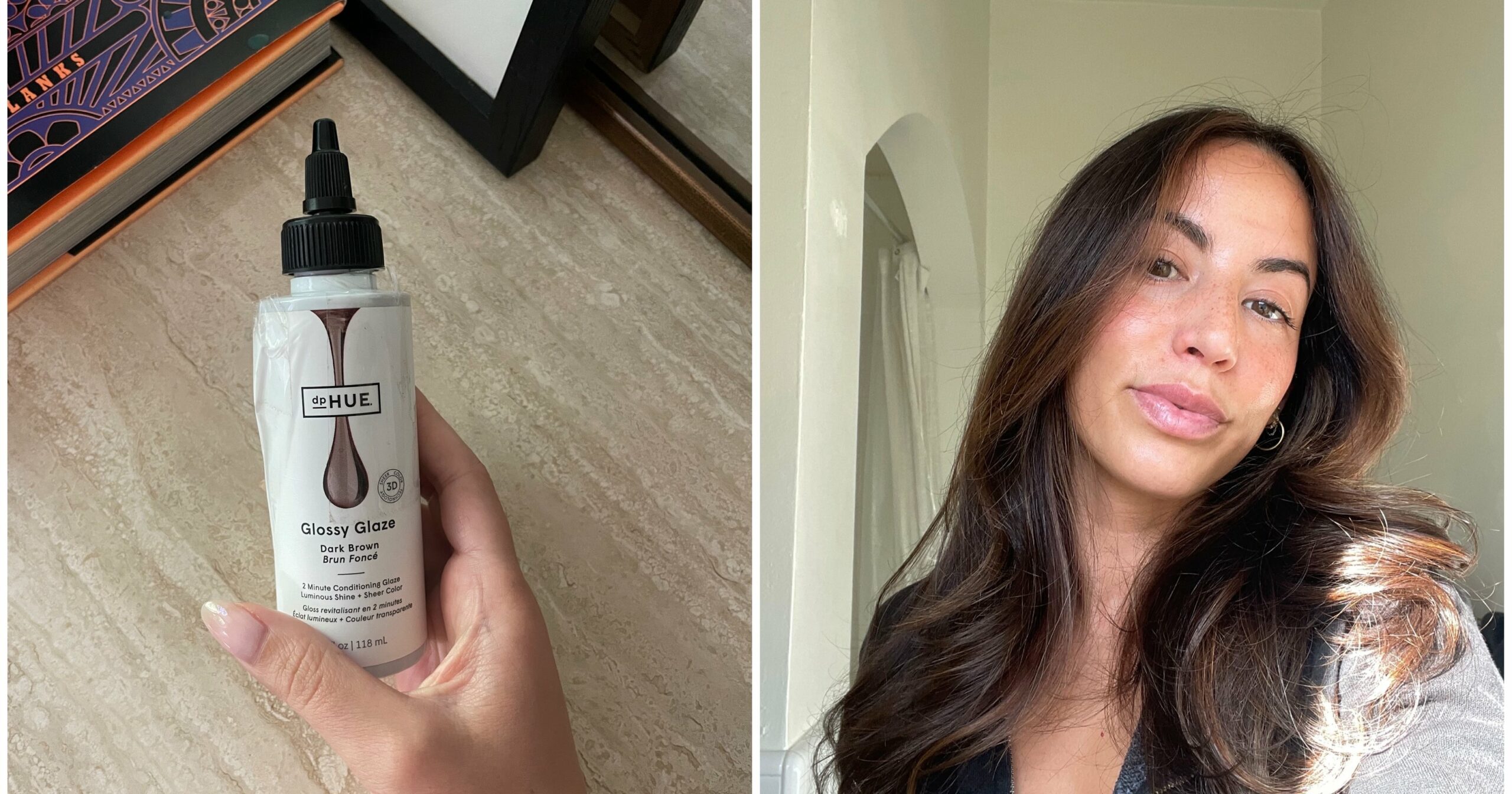PARIS — High jewelry immediately evokes visions of sparkling gemstones set aglow by yellow gold or throwing icy lights from their platinum surfaces.
But for freshly established jewelry brand Pen Mané, the gleam coming from its sculptural designs isn’t from either precious metal — it’s silver.
For Hong Kong-based cofounders Vincent Guy-Raffin, a jewelry industry veteran of 20 years who serves as the brand’s artistic director, and Calvin Wang, a luxury retail consultant and brand strategist who is the company’s managing director, it was not a choice born out of compromise.
“We use any materials that will best serve our artistic mission,” said Guy-Raffin, who counts as a mentor the elusive jeweler Joel-Arthur Rosenthal, best known as JAR.
You May Also Like
And the mission that the pair, who are partners in business and life, set out for themselves is to create jewelry that can be worn every day, no matter how bold the volumes.
That first took shape with Pen Mané’s fine jewelry offering launched in March, born from Guy-Raffin’s desire to make a solid gold bangle for himself.

Its distinctive profile evocative of stone cliffs, featuring a jagged outline set with diamonds serving as a metaphor for resilience, soon caught the eye of friends and would-be clients.
The brand’s moniker — the name of a family home in Brittany, France, that in the regional language translates to “overlooking the horizon” — became a de facto manifesto for the disruptive read of the fine-to-high jewelry segment that’s been brewing over the course of a two-decade career that saw Guy-Raffin work for the likes of David Yurman, Dior, Graff and Hemmerle.
Its inaugural fine jewelry collection was made with natural diamonds and 14-karat gold, chosen for its increased resistance that made it suitable for daily wear and the more vivid hues brought out by the alloys used to obtain rose and yellow golds.
Plus, as gold prices continue to skyrocket — they’ve leaped an additional 20 to 30 percent since the brand’s March launch — this turned out to be a canny choice that kept the price range approachable.
So when the idea of offering high jewelry came on the table, similar thoughts of keeping the jewelry inviting — in pricing as much as wearability — made them reach for silver, rather than the habitual solid gold or platinum of the sector.
Comfort was also the primary driver for the brand.
Case in point: the Crash earrings, a generous diamond-set design made for pierced ears. Coming at 40 to 45 grams apiece when offered in gold set with diamonds, they run the risk of tearing pierced earlobes. Made from silver with the same carat weight of stones, they stand at 20 grams.
While other jewelers reach for aluminum and titanium, Wang said silver’s enduring place among precious metals tipped the scales in its favor.

Then there’s the patina that the white metal develops when left untreated, which dovetailed into the fundamental aspect of high jewelry in the pair’s opinion: one-of-a-kind creations made to celebrate someone’s individuality.
And it doesn’t get more unique than a finishing that evolves “based on how you hold it, how you wear it, where you touch it and [how you] allow the oxidization to evolve over time,” Wang explained.
But what really cinched the deal for their idea of offering a silver-based high jewelry line was the gap in the market for striking, sizable jewelry that the founders identified.
“I saw more and more people who, even though they could buy a high jewelry piece, would rather buy many different styles that could enjoy wearing every day,” Guy-Raffin said.
“Using [silver] allows us, from a cost perspective, to present pieces that are truly in the spirit of high jewelry in terms of design, craftsmanship and finishings…to an audience of jewelry lovers who don’t necessarily can or want to wear something for a quarter of a million U.S. dollars,” Wang added.
To take it one step further, they decided to put lab-grown diamonds on Pen Mané’s high jewelry designs, further ensuring that while volumes and carat sizes grew, prices didn’t balloon.
The notion would make most of the longstanding brands in Place Vendôme shudder but Guy-Raffin is quick to shrug off concerns.
“Lab-grown diamonds are a very interesting shift in the industry. They’re not supposed to replace natural diamonds,” he said. “They’re just widening the creative range of design opportunities — as long as [their use] responds to what people want.”
Plus, “I think the whole point about being [a new brand] is to do things in a new way,” he added.

The result is Pen Mané pieces that start around $5,000 for a pendant necklace with a 2-carat centerstone and go up to around $24,000 for a wide gem-set choker.
While the founders are firmly convinced that this is a winning combination for Pen Mané, they’re aware of the gamble at a time when luxury spending is flagging.
“It is taking a risk, because it’s usually 18-karat gold and natural diamonds that establish a brand as high or fine jewelry,” Wang said. “But with [this], we’re consciously introducing something that we know is extremely exciting, that is not competing with [others] but is, on the contrary, opening new horizons for the industry.”
“Today, it is crucial to understand the business realities,” Guy-Raffin added. “It’s not just an artistic experience, it’s also a responsibility [for jewelers]. We’re here to make jewels that people will be able to wear according to the lifestyle of today.”


